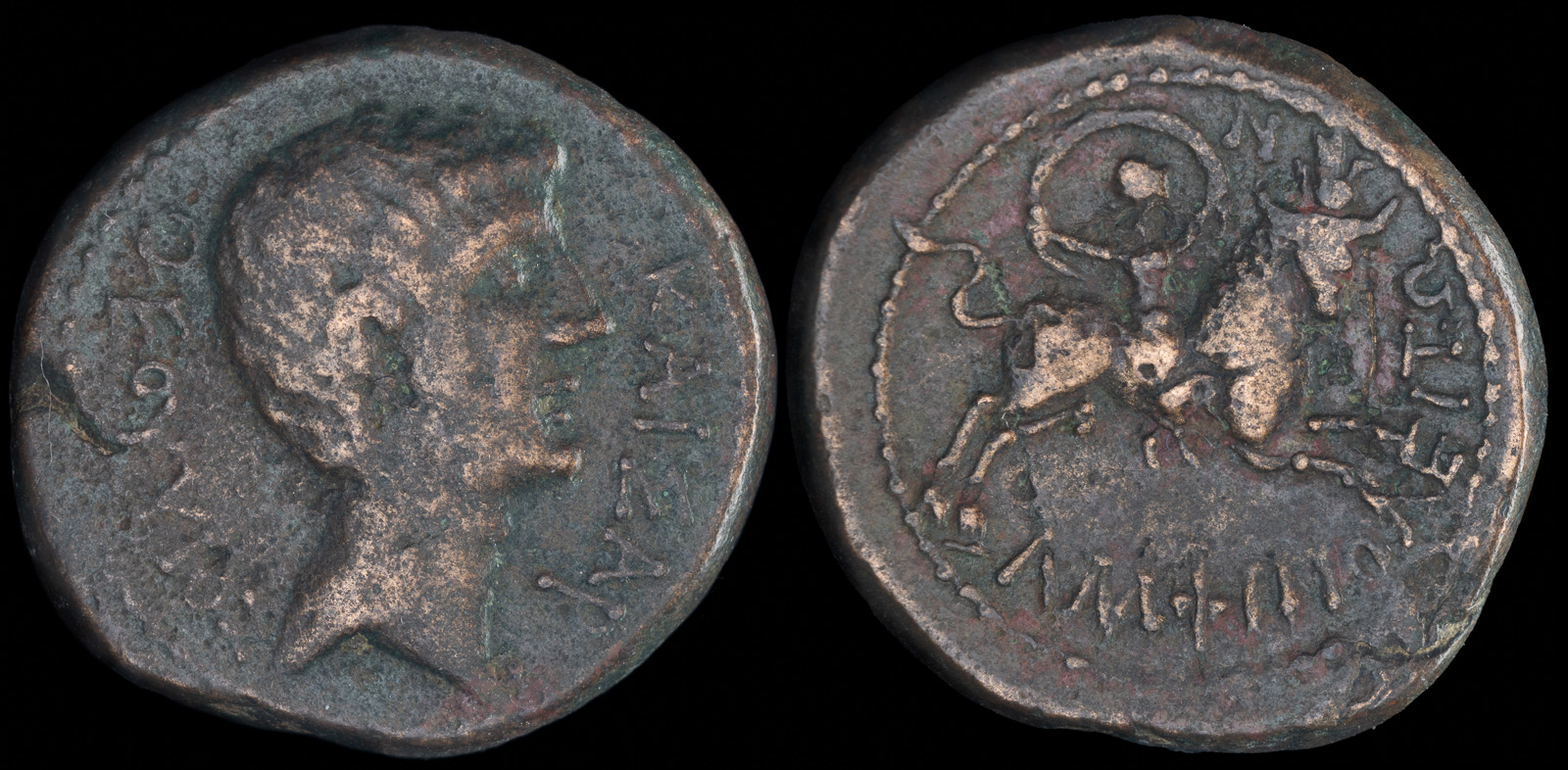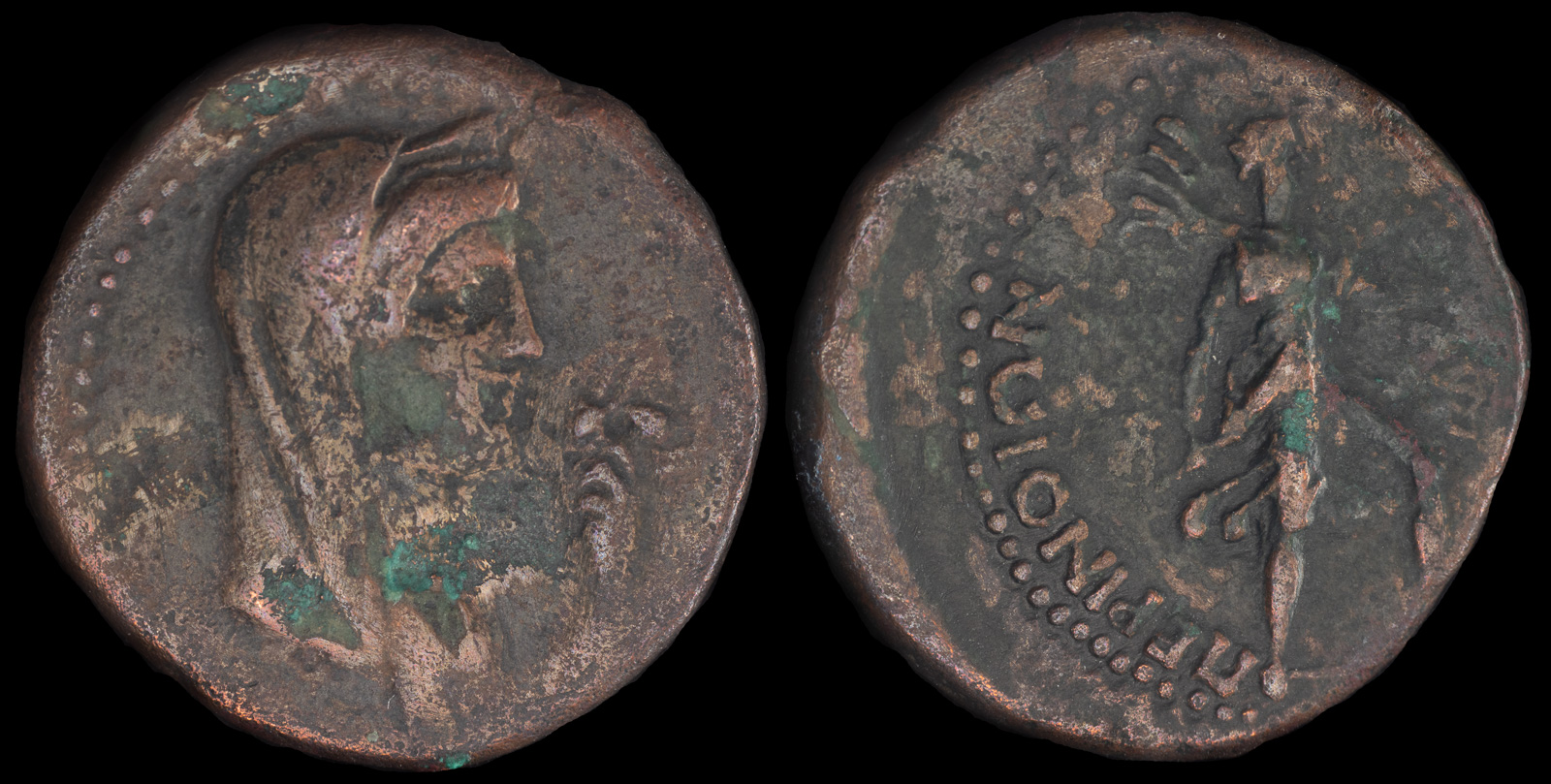Tauropolis
View All Tags
In mythology, it starts with Agamemnon, who decided one day to hunt a deer in Artemis’ sacred grove. When she pulled him over as he hauled it on his pickup back to camp, he expected a warning or at worst a hundred-drachm ticket, but she instead pushed the winds so he couldn’t sail to Troy.
Have you ever had to entertain a hundred thousand Greeks who have nothing but weapons and beer while waiting for the biggest war of all time? It wasn’t pretty, so Agamemnon dialed up the seer Calchas, who informed him the only way to set sail was to sacrifice his daughter Iphigenia.
To his credit, Agamemnon was about to press the “No Deal” button when his commanders alerted him they’d just run out of coffee, and so he agreed to the move and summoned his wife Clytemnestra and daughter under the lie that Iphigenia was to marry Achilles, who had recently topped the most eligible bachelor list.
He led Iphigenia up to the altar, where she thought her marriage would take place, but instead took out a knife to cut her throat, when instantly Iphigenia was transported to the Tauric Chersonesos and a deer took her place, all orchestrated by Artemis. That would have seemed to solve everything: Iphigenia lived, Artemis received her sacrifice, Agamemnon got to party in Troy for ten years, and Clytemnestra took a lover and murdered Agamemnon when he returned. It was your typical Greek happy ending.
But no, things didn’t improve for Iphigenia. She was now a priestess for Artemis in the Tauric Chersonese and was responsible for performing the rites for all foreigners that were sacrificed. Their heads were then propped up on poles and the whole place just didn’t have that “welcome” vibe.
Moving back to Agamemnon and his happy family, after Clytemnestra had him offed, their son Orestes arrived, learned about the whole ordeal, and naturally murdered his mother. The Fates then hounded him by playing polka music at top volume, adding his email to every spam list, and scraping their fingernails on a chalkboard all night long. He was desperate for a solution. So, he called up Apollo and asked if he could stop his b#*& of a sister from tormenting him.
Apollo’s response was to travel to Tauris to retrieve a wooden image from Artemis back to Athens. That seemed easy enough, so he loaded up his pal Pylades, headed to Tauris, and were immediately apprehended and marked for sacrifice, with his sister Iphigenia in charge.
Iphigena, desperate to skedaddle out of there, grows hopeful on learning her brother Orestes is still alive, though not aware he stood before her a moment ago. She thus arranges for Pylades to transport a message back to Sparta for Orestes to come free her. That would of course be difficult if she sacrificed him, but luckily they all figured out who each was, stole the wooden image, brought it back to Athens, where Orestes happily died from snakebite.
This was the origin of the Temple to Artemis Tauropolos (from Tauris) at Brauron, which doesn’t have much to do with the Artemis Tauropolos depicted on this coin. There were actually at least four main temples of Artemis Tauropolos. The one at Brauron supposedly received the aforementioned wooden thingy. That at next-door Halai was mentioned by Menander:
Last year they both went down to a festival, the Tauropolia,
That’s held in one of the seaside villages. It’s a local thing,
But lots of young people go there from Athens. Why?
Well, the girls go because the only way they’re allowed out
Is if it’s something religious, and the boys go to see the girls.
Oh, yes, and they all go to drink and dance and listen to music.
If that doesn’t sound religious to you, you don’t know Athenians.
So, clearly this was a solemn place. The third temple was on a beach in Ikaros, where in the Mycenaean times the locals could sunbathe, warm themselves in the sea, have a picnic, and pretend to cut people’s heads off. The tradition of human sacrifice to Artemis goes back to Minoan times and is believed to have originated in Skythia. Several ancient authors mentioned it, including Philostratos in his “Life of Apollonios of Tyana.”
It is the sprinkling of the altar [of Artemis at Sparta] with human blood that is important, for the Skythoi too held the altar to be worthy thereof; but the Lakedaimonians modified the ceremony of sacrifice because of its implacable cruelty, and turned it into a contest of endurance.
The last temple I’ll cover is that in Amphipolis, about which we know the least. Recent excavations there have uncovered a temple to a female deity that is believed to be Artemis Tauropolos. Based on this coin, it may have involved a different story than Iphigenia. Copyright was a later concept, so the same name was often used in vastly different stories. The temple is briefly mentioned by Diodorus Siculus. The Supplementum Epigraphicum Graecum also mentions that King Perseus of Macedon dedicated spoils from his campaign against Thrace to Artemis Tauropolos.

Macedon, Amphipolis
Augustus
27 BCE-14 CE
AE 22mm 8.15g
Obv: ΚΑΙΣΑΡ ΘΕΟΥ ΥΙΟΣ, bare head right.
Rev: ΑΜΦΙΠΟΛΕΙΤΩΝ Artemis Tauropolos, holding billowing veil, riding on bull to right.
RPC I 1626; BMC 73

Perinthos, Thrace
2nd to 1st centuries BCE
Ae 23mm, 8.7gms
Obv: Veiled and diademed head of Demeter right holding barley ear
Rev: PERINThIWN; Artemis Tauropolis advancing right holding torch
Moushmov 4386